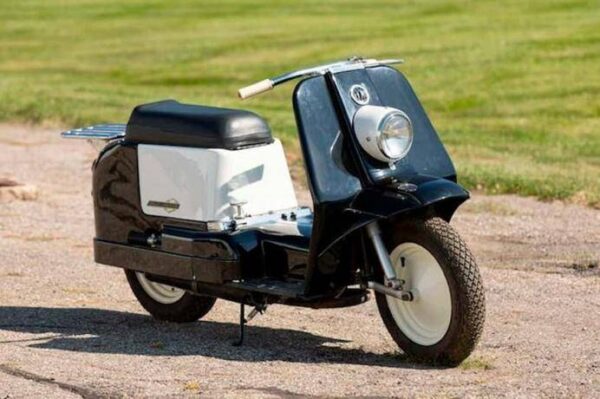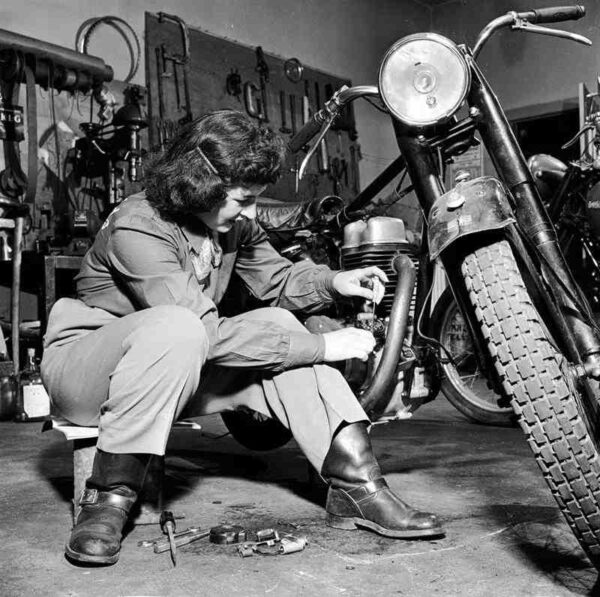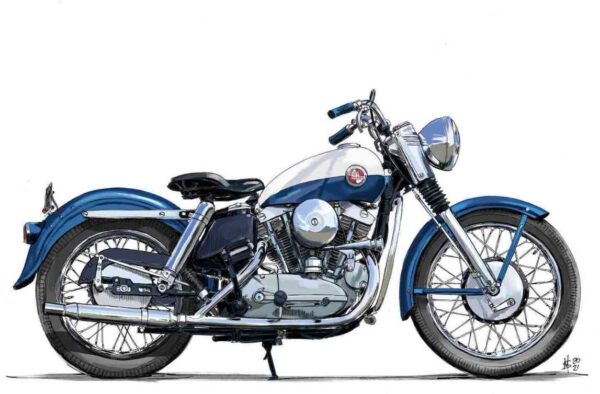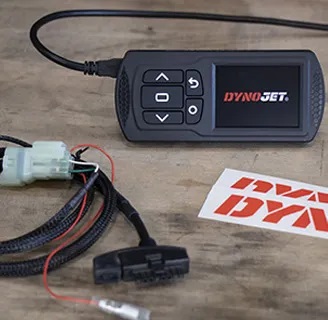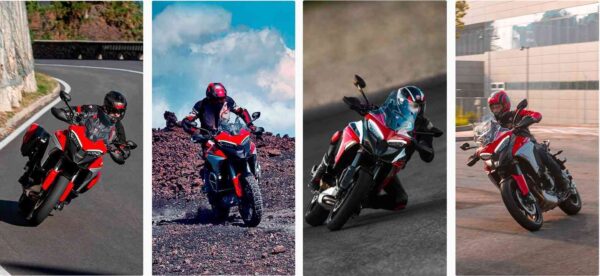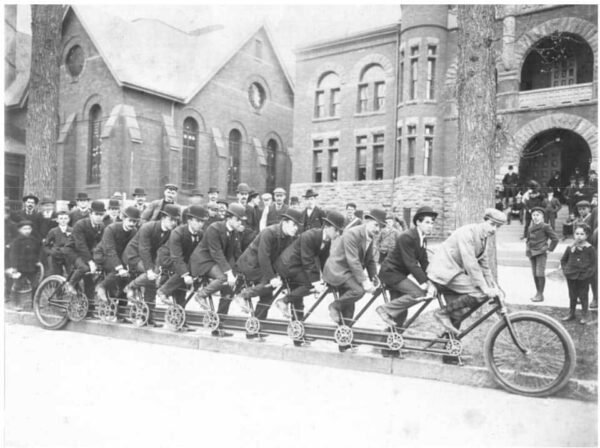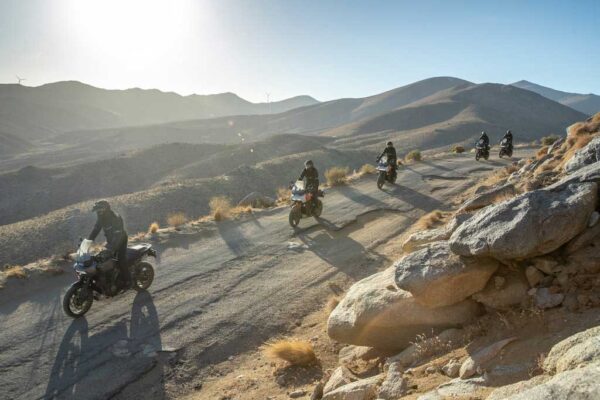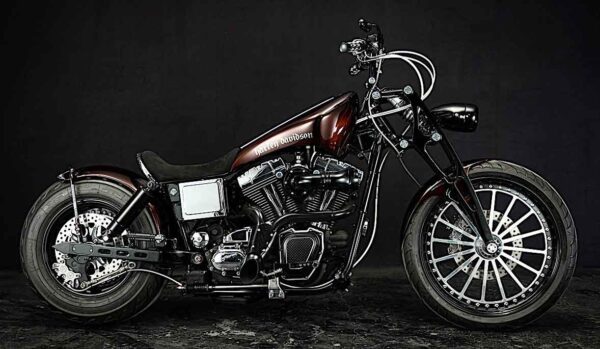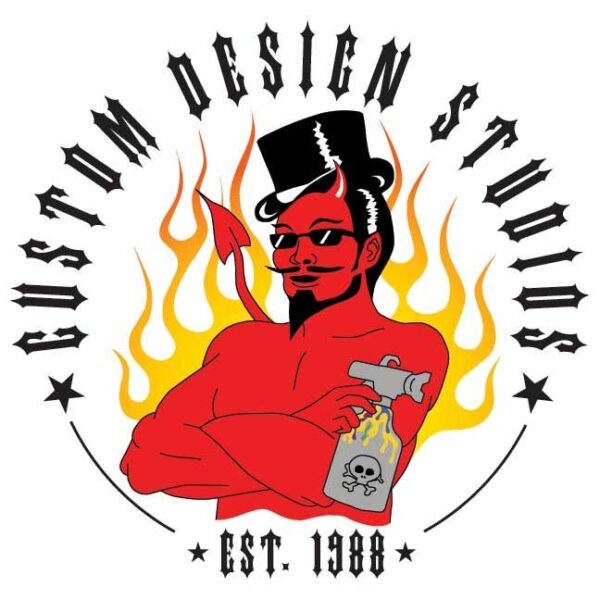Harley-Davidson 9 hp Scooter up for Auction
from https://www.financialexpress.com The Harley-Davidson scooter was considered ‘highly maneuverable and well balanced’ and definitely looks nice with its identifiable aesthetic from the early 1960s. Now, more than a vehicle, it is a piece of art. Imagine you’re minding your business selling V-twin motorcycles from Milwaukee and then you see a manufacturer from Japan selling nippy compact imported bikes and little scooters in a market you’d been very popular in. What do you do? Simple, build a scooter yourself. And so Harley-Davidson did when in the late 1950s, Honda surfaced as a competitor. Harley’s answer was called the Topper. The Topper remained in production for only five years with production estimates in a four-digit figure, Jalopnik writes in a report. Barring the electric concepts Harley now has, the Topper was the only scooter the manufacturer ever built and also mass-produced. One of these has been found and is now heading for auction at Mecum’s Las Vegas Motorcycles 2022 auction. Unlike the big V-twin that power H-D motorcycles, the Harley-Davison Topper was powered by a two-stroke single-cylinder that delivered between 5 to 9 hp. It came in three models. It is not known which one of them is heading to Mecum. All that power was sent to its wheels through a continuously variable transmission. American Motorcyclist magazine from November 1959 mentions a pull start cord hidden in the chrome instrument cluster. The Topper was considered ‘highly maneuverable and well balanced’ by the same magazine and definitely looks nice with its identifiable aesthetic from the early 1960s. Now, more than a vehicle, it is a piece of art. Imagine being able to say you own a Harley-Davidson scooter today. And if you want to, you could. Mecum’s auction is set to begin on 25 January 2022 until the 29th of the month. Interested? […]
Harley-Davidson 9 hp Scooter up for Auction Read More »

